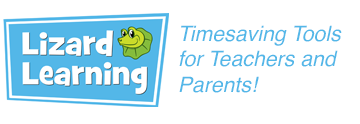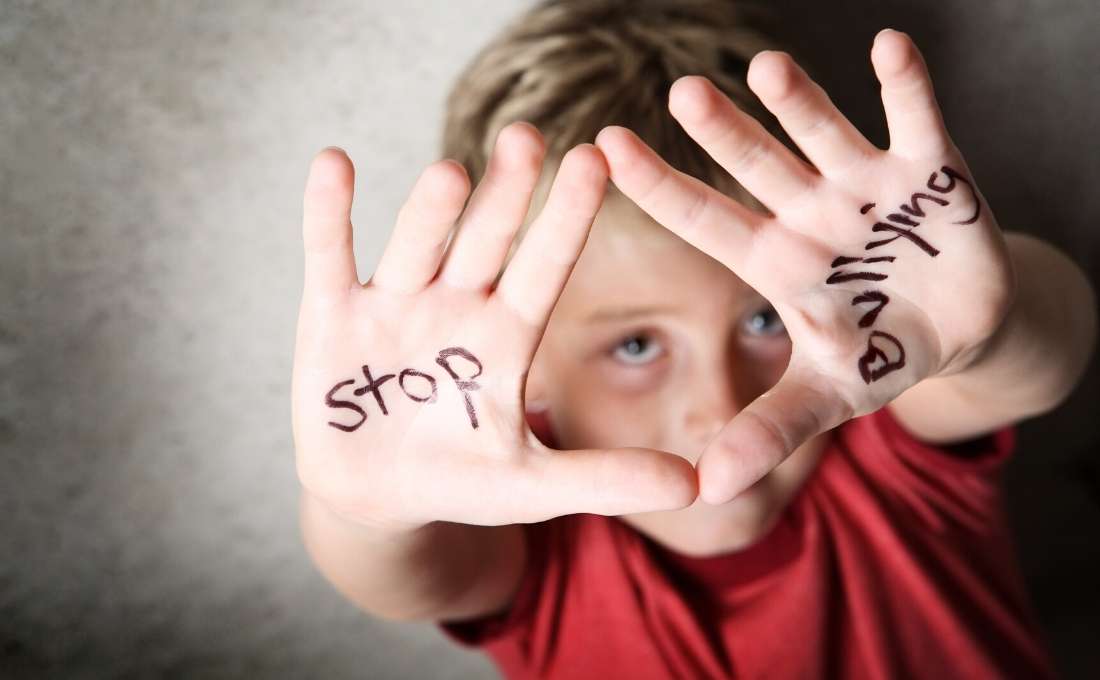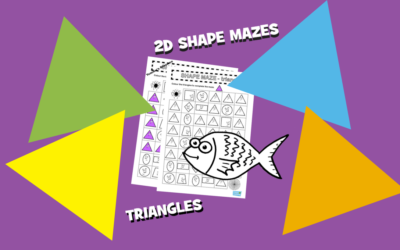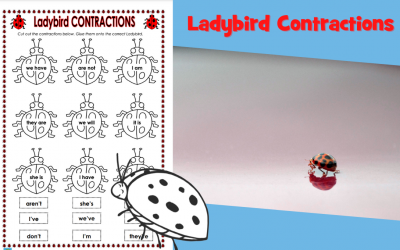Psychologists warn that Marsden’s views – especially that a child’s bullying behaviours are prompted by the victim’s ‘unlikeable’ personality traits – erode self-esteem; making children susceptible to anxiety, stress and social isolation.
Bullying can take the form of stonewalling a child from group activities and play, subtle intimidation and overt physical, verbal and emotional attacks and abuse. Marsden’s justification for bullying undermines our efforts to support vulnerable children. We are all champions of our children’s emotional, spiritual and physical wellbeing and development, which is challenging when faced with what feels like a modern assault left, right and centre; judging parents and teachers, pressuring and comparing children, measuring their school grades, technological devices, homes.

Society isn’t as uncomplicated as when we were children. With social media, hurtful comments, serious intimidation, abuse and threats are proliferated immediately and permanently; with significant consequences. Cyber bullying is now one of the most insidious and common forms of bullying among children. According to website bullyingnoway.gov.au, ‘approximately one in four year 4 to year 9 Australian students reported being bullied every few weeks or more. 83% of students who bully others online also bully in person’. Psychologists assert that anxiety arising from bullying, if left unnoticed or untreated, can lead to full-blown depression.
The prognosis for raising resilient, well-adjusted, happy and healthy children isn’t so dire, though. Awareness is greater than ever for mental health disorders, such as anxiety and depression. School communities and society, generally, are far more engaged; we are encouraging our children to express their feelings; to ‘use their words’.
The internet can sometimes be a carrier for negativity, but it also provides solutions. The key for parents and teachers is to ensure that children use social media and the internet intentionally; consuming positive material, which nurtures their educational, social and emotionally development, and helps them make meaningful connections.
Teachers can also arm themselves with an array of online resources to help children manage anxiety in the classroom. Some excellent methods are deep breathing (you can find excellent mindfulness meditation videos for children on Youtube); shaking arms and legs and gentle stretching (there’s even Sesame Street yoga!), creative expression through drawing, painting and other arts; exploring nature; reading and gratitude journals (or traditional diary writing; expression is the key). Age specific programs tailored to building resilience, connection with the self and others, managing stress and emotional regulation are also found on friendresilience.org.
Ultimately, the greatest armour we can provide our little knights is communication and self-respect; emphasising healthy attitudes promoting positive inner qualities and values, as opposed to constantly competing over external, meaningless objects. If we all work together, we can cut through the noise of unhelpful comments such as John Marsden’s; and reconnect our children to life’s simple joys.





0 Comments